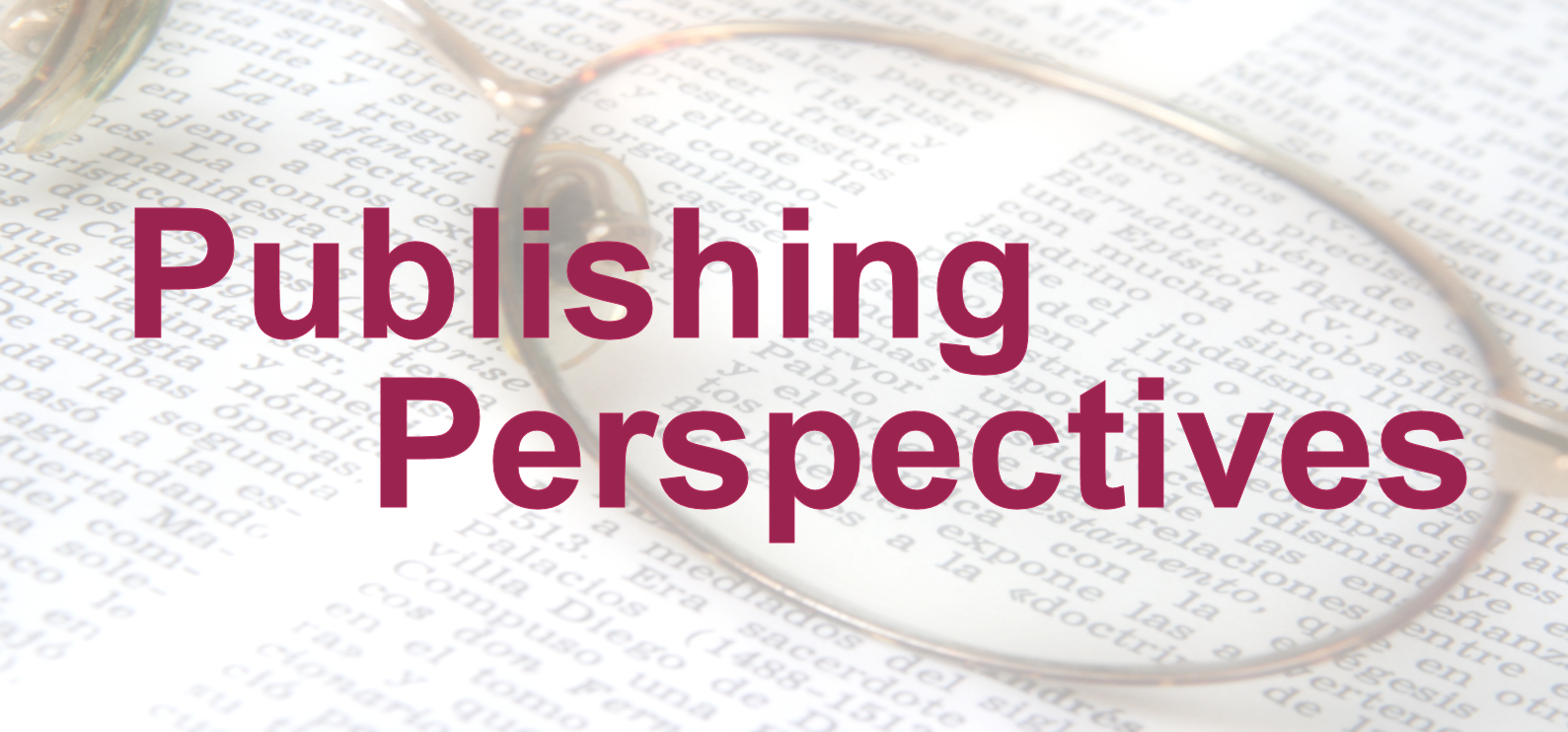In last month’s column, I mentioned that an item of an Author’s Questionnaire from a publisher is the request to describe the ideal reader or target audience for your book. And no, your book is not targeted to “everyone.” And no, don’t assume your reader is just like you and describe yourself.
The publisher will use this description to market the book more efficiently. For example, the details will help them create an ad set on social media, or generate keywords for search engines.
 So what kind of information is the publisher looking for? It’s a bit like a profile you would see on a crime TV show. Especially if you’ve ever watched “Criminal Minds” because they talk more about habits and behavior than just the physical traits of the unsub (unknown subject, the bad guy). To make it less creepy, let’s instead consider a social media profile. I’m looking at my Facebook profile as I write this. Facebook has your profile divided into sections: Overview, Work and Education, Places You’ve lived, Contact and Basic Info, Family and Relationships, Details About You, and Life Events. Those sound like pretty good categories, so write those down on a piece of paper.
So what kind of information is the publisher looking for? It’s a bit like a profile you would see on a crime TV show. Especially if you’ve ever watched “Criminal Minds” because they talk more about habits and behavior than just the physical traits of the unsub (unknown subject, the bad guy). To make it less creepy, let’s instead consider a social media profile. I’m looking at my Facebook profile as I write this. Facebook has your profile divided into sections: Overview, Work and Education, Places You’ve lived, Contact and Basic Info, Family and Relationships, Details About You, and Life Events. Those sound like pretty good categories, so write those down on a piece of paper.
For each of these categories, think in the abstract. Think of the perfect reader. If you could only sell this book to exactly one person, what kind of person would that be so that they would give it the most outstanding review? What kind of person is the best possible match to be a fan of this book?
Many readers want to identify with, or connect with, the main character(s). So think of your hero and heroine. What kind of person would be their BFF? Remember, a BFF isn’t necessarily a clone. Your ideal reader will match this profile in every aspect, but real readers will only partially match. But it gives the publisher an idea of how to find communities of people that are more likely to have that partial match. For example, ideal readers of Amish fiction are probably people who love the idea of a less technological life.
Work and Education:
We don’t need a list of actual schools. Are your main characters in high school? College? Never went to school? An ideal reader doesn’t have to match the education level of the main character; they just have to enjoy the idea of being in high school or college, etc. Someone who hated high school is less likely to be an ideal reader of books with high-school-aged characters.
We don’t need a resume for the work experience aspect. Is the main character working their first summer job in high school? First job after college? Established career? Retired? What kind of career: science? Technology? Arts? Homemaker? Your ideal reader will have a similar background or think positively of that background so that they more easily identify with the character. Main characters who spout technical jargon constantly may be of less interest to the reader who holds a Fine Arts degree. Farmer characters may be of less interest to those who have a PhD in Computer Science. But again, perhaps that PhD person has a vegetable garden and dreams of getting away to a dude ranch for vacation. So, the way you’ll phrase this characteristic is “those who work in or have an interest in blah-blah.”
Places the Ideal Reader has Lived:
No, we don’t really need a list of actual cities, unless those cities are featured in the story. But think about it in general. Is your story set in a rural area? A small town? A large city? What country is the story set in? Is the story setting a specific locale/county/state/province? The ideal reader will live in a similar place, wishes they lived in a similar place, or wants to vacation in a similar place. Make note of any real locations used in the book; the publisher may want to market the book to stores and tourist attractions in that area.
Contact and Basic Info:
If you happen to have a mailing list of specific people who will enjoy receiving an advertisement about your book, your publisher would probably like to know about it. Failing that detailed contact information, let’s talk basic demographics. Is the ideal reader male or female? In general, romances are aimed at female audiences, and thrillers are aimed more at men. I do know a highly-educated man in his 70s who only reads Regency Romance, but that can’t be a common thing. So unless you can present a strong argument why your book would attract a non-traditional audience yet still belong in a particular genre, go with the stereotype.
The age of the ideal reader may have a connection to the age of the main characters. Until recently, Young Adult titles were only read by teenagers. But they are currently attractive to readers in their 20s, 30s, and even 40s. Hollywood adaptations of books has a lot to do with this. Women’s Fiction is typically aimed at the 30+ crowd, etc. Think about your main character. Would their BFF be a teenager? A 20-something? 30-something? 40-something? Etc. So while readers in other age groups may be fans of the book, write down the decade of the reader who would be the BFF. If you really, really can’t narrow it down to one decade, then at least select the generation (Baby boomer, Generation X, Millennials, etc) that is the closest match.
Language is another basic data point, especially if you have a character who routinely injects words from a different language than the rest of the text. For example, if you have a main character who grew up speaking Spanish and uses Spanish frequently in dialog along with English, then the publisher would like to know that bilingual readers could be a special area of marketing.
Ethnic affinity or nationality of the main characters (and thus the ideal reader) may be important to the publisher who targets a minority population.
Family and Relationships:
Your readers want to identify with the main characters, so are we looking for only-children? The oldest of 11 kids? Those who grew up in a single-parent family? Those who are estranged from whatever family they have?
What is the relationship of the main characters in the story? If the main characters are married at the start of the story, then the book can’t be marketed as Romance but has to be Women’s Fiction instead. If they are friends or co-workers but falling in love is not the point of the story, then the plot better have enough action to class the novel as a thriller or suspense or mystery.
Details About the Ideal Reader:
If the above categories seemed difficult, hang on to your hat because this one is harder.
Given the story line, is your ideal reader more likely to be politically or culturally conservative, moderate, or liberal? Are they active in any particular causes (that are important to the book)? Does the ideal reader attend a specific denomination of church?
What interests, hobbies, sports, and activities are important to your main characters (especially if they are in the book)?
Life Events:
Are there any specific life events that your ideal reader should identify with? For example, is it important to the story that your reader got engaged in the last 12 months? If so, your publisher can rent a mailing list of people newly engaged and send them an advertisement… yeah… the list development people know a bunch of scary details about you.
Overview:
Let’s sum up. This is where a cop would say “We’re looking for a married female in her 30s, with more than one child, who is socially and politically conservative, enjoys living near or frequently visiting a large city, and is interested in urban gardening.”
Come back next month to learn more about keywords and BISAC categories!
Let’s practice… leave a comment with your suggestion for an ideal reader for a book you read recently, and tell us what book it is!


 We love helping your growing in your writing career.
We love helping your growing in your writing career.

No Comments